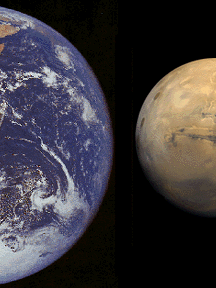This image shows the Earth and Mars
NASA
The Formation of the Moon
Any successful theory must account for everything
we know about the
Moon now, as well as make predictions about future observations. There are three theories about how the moon came to be in place:
- that the moon came out of the crust of the Earth
- that the moon was captured by the Earth
- that the Earth and moon formed together out of the primordial nebula
By whatever means it came to be in place, as the Moon finished forming, about 4 billion years ago, the surface continued to be bombarded by the remains of planetary material (planetismals) available nearby. This period is the same for all planets, and is called the Period of Late, Heavy Bombardment. During this time the moon warmed,
separated into a core and mantle, and experienced volcanism. There is abundant evidence of volcanic plains from this time period. Toward the end of the Period of Late, Heavy Bombardment scientists think that the Moon experienced a series of significant collisions which formed what we know today as the lunar Maria. The impact basins formed by the collisions flooded with darker material from the interior of the Moon, forming smoother, darker plains.
Because of its small size, the Moon would have cooled very rapidly compared with the Earth. When the Period of Bombardment ceased, the Moon cooled completely to the form we see today. Surface activity in the form of plate tectonics and other forms of surface activity ceased once the Moon cooled. Even the interior of the Moon seems to have cooled to the form of inactivity today.
You might also be interested in:

What types of instructional experiences help K-8 students learn science with understanding? What do science educators teachers, teacher leaders, science specialists, professional development staff, curriculum designers, school administrators need to know to create and support such experiences?
...more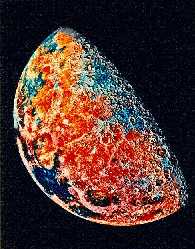
Any successful theory must account for everything we know about the Moon now. Those things include the moon seems to be made of the same material as the Earth's upper mantle. the Moon has little or no
...more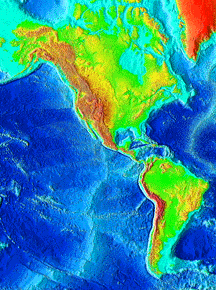
A planetary body, whether the body is a planet or a moon, has to cool off. The warmth contained inside a body controls what sort of surface activity, atmospheric activity, and interior activity which the
...more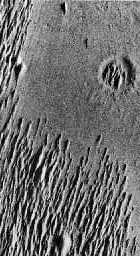
Over the course of time there are many things which can cause the surface of a planet to change its appearance. winds, as shown in the example from the Martian surface Monument Valley on Earth is an example
...more
Unlike the icy moons of the outer planets, the moons of the Earth and Mars are rocky moons. We said already that the moons of Mars are probably captured asteroids. In a moment we will discuss the fact
...more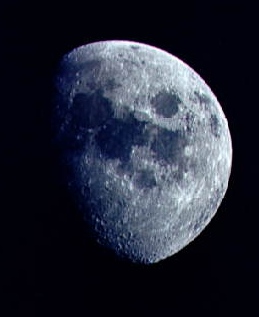
The Earth's one natural satellite, the Moon, is more than one quarter the size of Earth itself (3,474 km diameter). Because of its smaller size, the Moon's gravity is one-sixth of the Earth's gravity,
...more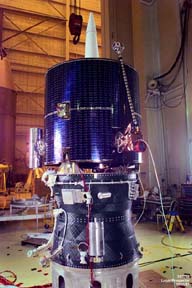
Scientists have used the Lunar Prospector spacecraft to find out that the Moon has a small core. This supports the formation theory that the Moon was once part of Earth created by a large impact. Lunar
...more
Although the Moon does not appear to have a magnetosphere surrounding it, it *is* a magnetic object in space. Scientists think that the magnetism of the Moon's surface is leftover from a time when the
...more
